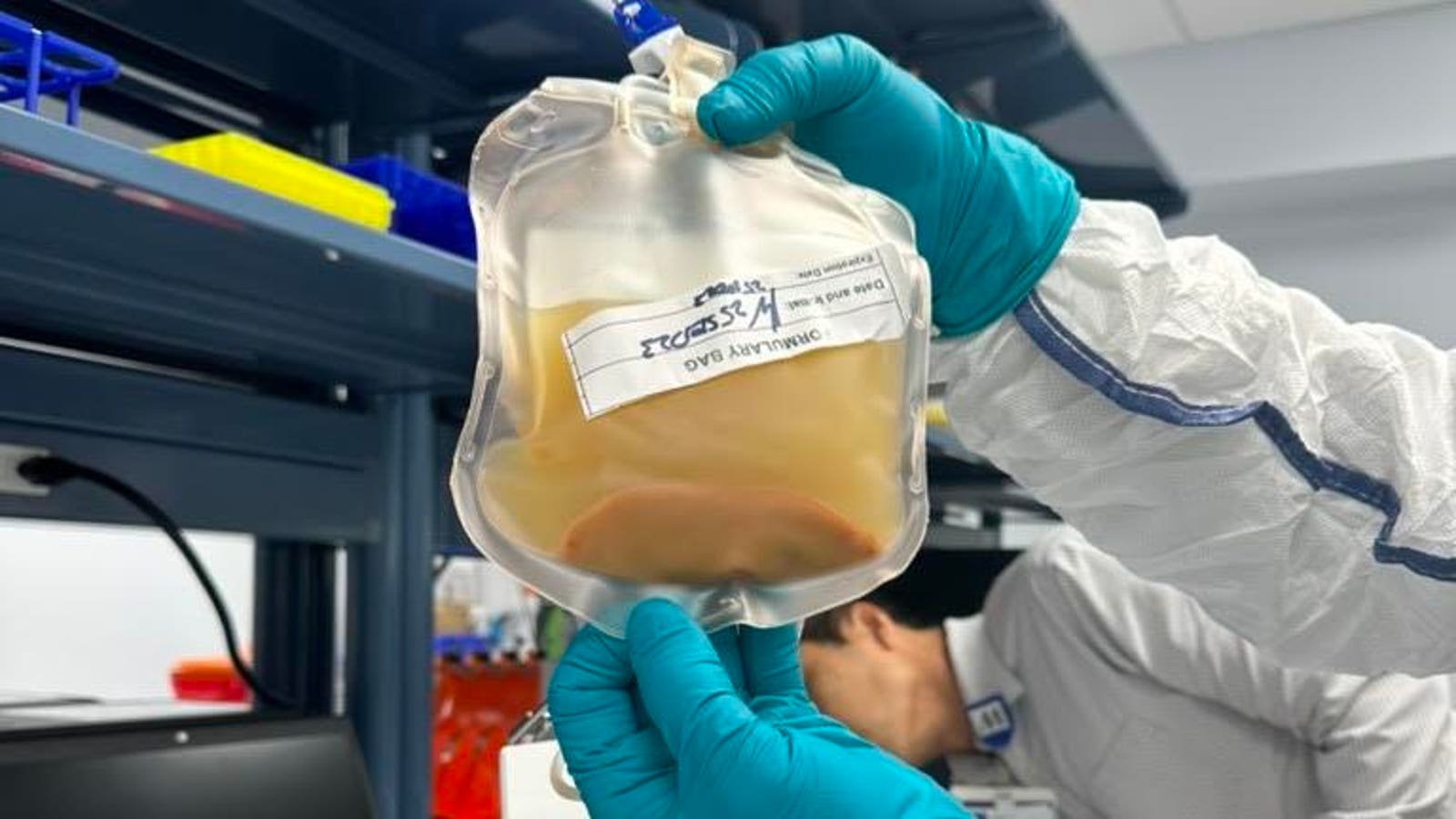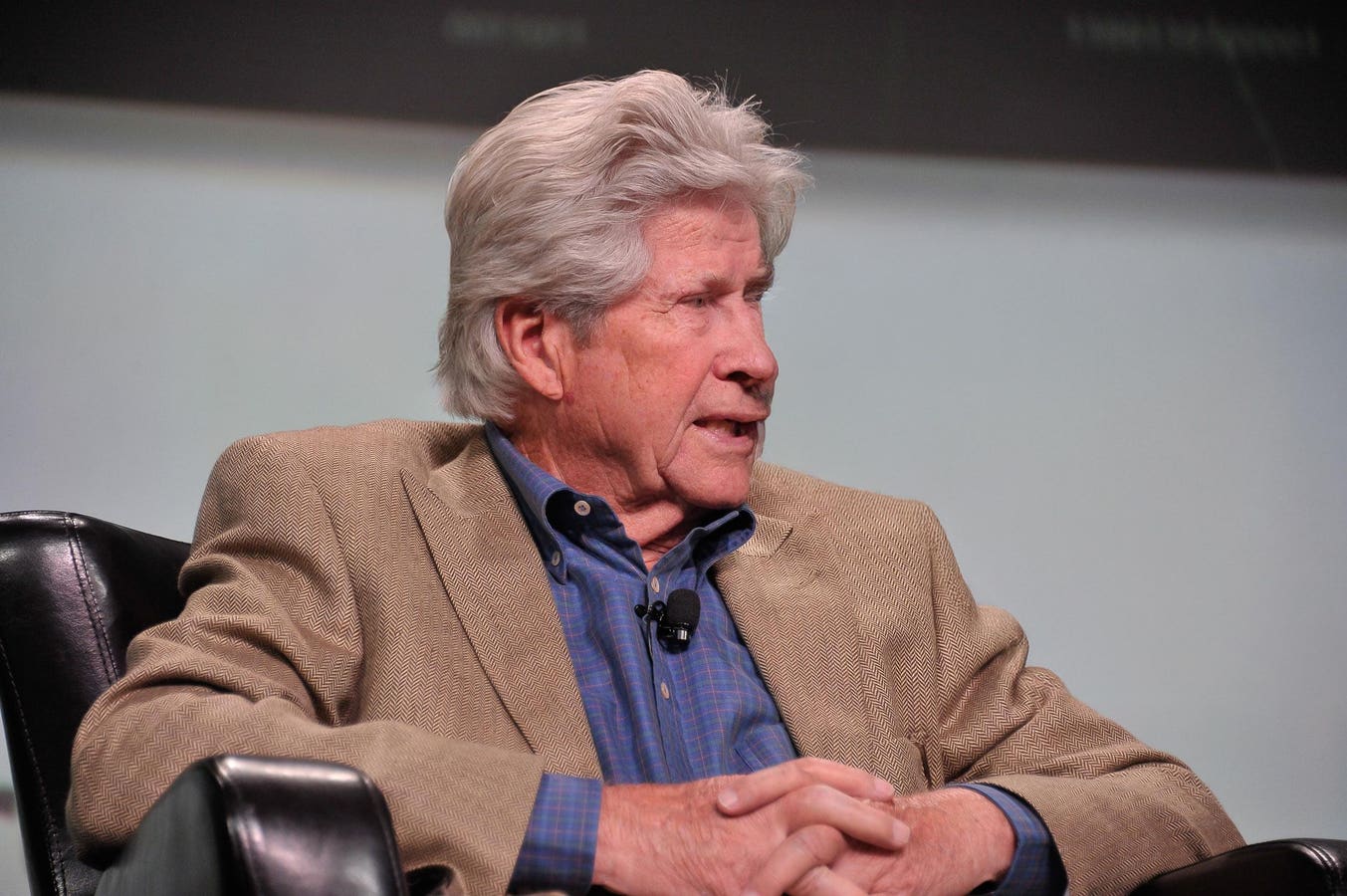He spent decades in a zoo, fathered 900 children and helped rescue his kind from extinction. Here’s … More
Saving a species from extinction is hardly a straightforward exercise. Red wolves, for instance, now number fewer than 15 in the wild. They’re hemmed in by highways and bureaucracy and are now clinging on for dear life. Even red wolf-coyote hybrids are being explored to supplement their falling numbers.
But for one species of Galápagos giant tortoise, the solution arrived in the form of a particularly amorous senior with a penchant for persistence.
His name was Diego. Born more than a century ago and relocated to the San Diego Zoo in the 1930s, Diego was later identified as one of the last viable Hood Island giant tortoises. By the time conservationists called on him, only 15 remained.
With stakes this dire, Diego got to work. Over the next four decades, he fathered nearly 900 offspring and helped drag his species back from the edge.
Hood Island Giant Tortoises Used To Be An Abundant Presence On Española Island
The Galápagos Islands were once shaped by the slow march of giant tortoises. On Española Island, one of the archipelago’s oldest landmasses, the Hood Island tortoise (Chelonoidis niger hoodensis) had long acted as a keystone herbivore, sculpting vegetation and dispersing seeds in an ecosystem that evolved around its lumbering presence.
But by the 20th century, that presence had all but vanished.
Whalers and pirates in the 18th and 19th centuries discovered tortoises to be the ideal stowaway meal. They were easy to catch, capable of surviving for months without food or water and rich in oil. Tens of thousands were harvested.
And when tortoises became too rare to find, sailors introduced goats to feed themselves instead. The goats flourished in the tortoise’s absence, decimating native flora and outcompeting the remaining reptiles.
By the 1960s, the toll was clear — only 12 females and 3 males. Extinction was fast approaching and the need to act was urgent.
The Galápagos National Park Directorate responded with a bold experiment. In 1976, they launched a captive breeding and repatriation program, hoping to reverse centuries of human-driven collapse with science, persistence and a little luck.
They Also Got Some Help From A Particularly Motivated Diego
Diego’s journey to conservation stardom began far from home. Hatched on Española Island over a century ago, he was whisked away to the United States in the early 20th century, eventually landing at the San Diego Zoo.
For decades, his genetics remained a mystery. That remained the case until 1976, when testing revealed he belonged to the critically endangered Hood Island giant tortoise population. Diego was immediately flown back to the Galápagos to join a last-ditch breeding program in 1977.
Described by scientists as “aggressive, active and vocal” in his reproductive pursuits, Diego became a media darling, credited with saving his species through sheer force of libido. But behind the headlines, the genetic data told a more nuanced story. Despite siring over 900 offspring, Diego was responsible for roughly 40% of the program’s output.
For The Rest, The Species Can Thank A Tortoise Known As E5
E5 was a quieter, less flamboyant male who largely avoided the spotlight but ultimately sired close to 60% of the program’s offspring. Diego, known for his outsized personality and vocal mating rituals, drew media attention for fathering over 900 juveniles. Yet genetic testing made clear that the bulk of the population’s rebound came from E5’s more understated success.
Together, the trio of males — Diego, E5 and a less productive E3 — joined 12 females in what became one of the most ambitious and sustained rewilding programs in history.
Beginning in the 1960s, the breeding project ran for over five decades, with eggs incubated on Santa Cruz Island and juveniles reared for up to seven years before repatriation to Española. Each stage was carefully managed, from temperature-controlled incubation (which determines sex) to GPS-tracked releases in cactus-rich inland habitats.
By the time the program ended in 2020, over 2,300 tortoises roamed Española. This population had already been deemed secure and self-sustaining as about 50% of the tortoises released since 1975 were still alive in 2007, according to an October 2014 study published in PLOS One.
The breeding center closed its doors, and the original founders, including Diego and E5, were carried on ranger backpacks back into the wild. Their contributions ensured the species was no longer on the brink and their legacy became a conservation model worth emulating.
Diego and E5’s efforts highlight nature’s ability to bounce back against all odds. Do stories like these inspire you to get closer to the natural world around you? Take a 2-minute test to see where you stand on the Connectedness to Nature Scale.








